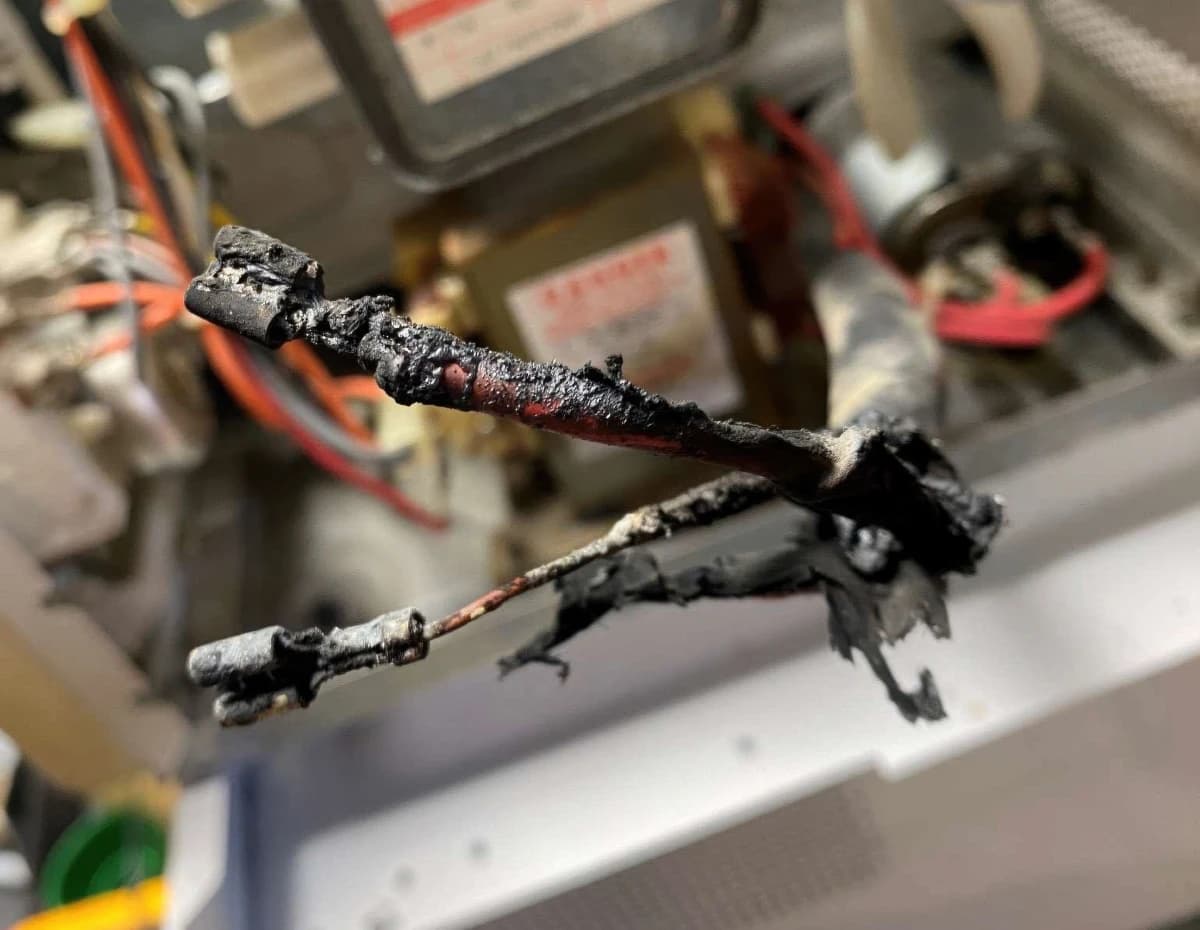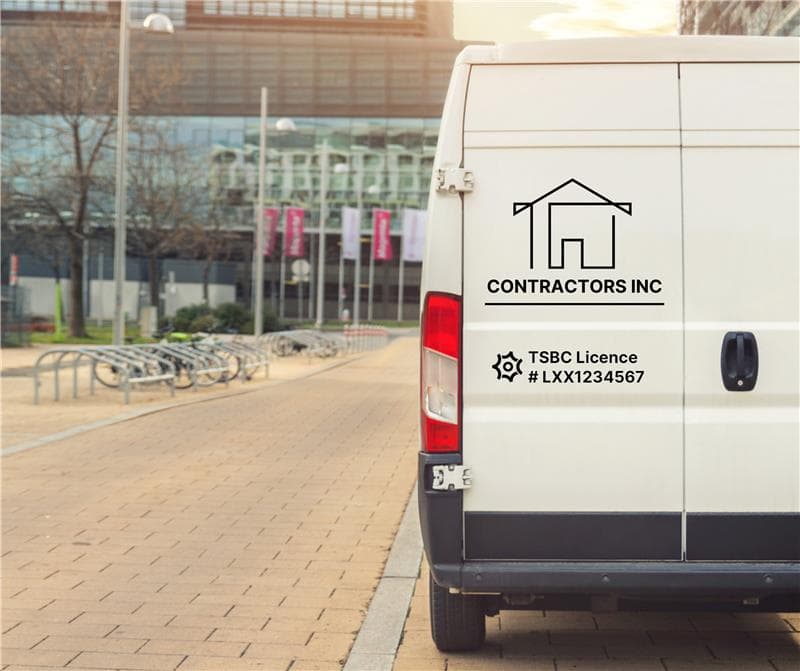Compliance
Annual State of Safety 2024
Compliance
We all have a role to play in keeping BC safe. Contractors, building managers, and homeowners, to name a few, each have distinct responsibilities within the broader safety system and are legally accountable for understanding their liabilities when it comes to regulated equipment and systems.
As a regulator, we commit to the education and the promotion of safety knowledge to make it easier for British Columbians to comply with codes and standards. By increasing participation across the safety system, we influence safety-minded decisions and are able to gather data that helps us understand risks and hazards more clearly. We then share our analysis of this data with British Columbians and use it to help inform how we conduct assessments.
When duty holders are unable to achieve compliance, we are committed to a fair, progressive, and proportionate approach to enforcement. Learn more about our regulatory audits and our approach to compliance and enforcement.
1,586
permits issued, where regulated work was done without the required permissions in place
1,069
instances of permit value change in the electrical technology
Grey Market Activity
Illegal work poses serious risks to public safety, weakens consumer trust, and disrupts the safety system.
"Grey Market Activity" refers to individuals or companies who perform regulated work outside of the safety system. This is illegal work. This includes unlicensed contractors, licensed contractors, equipment owners and operators, and homeowners who do not follow the legal requiremnts for licensing, permitting, or certification as outlined in the Safety Standards Act (SSA) and the Safety Standards General Regulation (SSGR). For example, in 2024, we found 1,586 permits to be insufficient for the type and scope of regulated work being done. In the electrical technology alone, 1,069 permits were found to have the incorrect job value, amperage, or installations listed, requiring permit value amendments.
Addressing the grey market is a top priority for Technical Safety BC. To help licensed contractors understand legislative requirements, we've engaged with them through educational efforts, including publishing resources such as the "Responsibilities of a Licensed Contractor" and launching awareness campaigns.

Identifying Suspected Grey Market Activities
We also took proactive steps to identify and investigate those who are not participating in the safety system. By searching online advertisements, obtaining meter installation reports from utility companies, and receiving public reports, we identified suspected grey market activities and conducted over 1,200 investigations. Our efforts uncovered several critical issues, including unsafe work by unlicensed individuals, primarily in gas and electrical technologies. The top five findings were:
- Expired Licences: Contractors performing regulated work after their licence expired (SSA s. 25).
- Out-of-Scope Work: Contractors managing or performing work outside their licensed technology (SSA s. 24).
- Improper Permit Use: Licensed contractors obtaining permits for unlicensed or unqualified individuals (SSA s. 73).
- Permit Violations: Failing to obtain permits before starting work, working outside the scope of permits, or continuing work after permits expired (SSGR s. 12).
- Illegal Advertising: Individuals or companies advertising regulated work without the required licence (SSA s. 71.1) and licensed contractors who did not clearly display their TSBC licence number in their advertisements.
Most non-compliances were resolved after providing information on requirements – for example, a duty holder would obtain the required licence or hired a licensed contractor to remedy unauthorized work; obtain the required permits; or remove non-compliant advertisements. When education alone wasn’t enough, we implemented progressive enforcement measures. Learn more about enforcement.
If you suspect unlicensed or unsafe work being performed, please report it to us. By identifying grey market activities, you are playing a valuable part in keeping British Columbians safe.
Key Trends in Non-Compliance During Assessment
2024 saw the following non-compliance trends in assessment:
Electrical: Issues typically arose from improper grounding, inadequate service connection setups, and failure to meet code requirements during final inspections.
Boilers, Pressure Vessels, and Refrigeration (BPVR): Non-compliances often included overdue inspections, improper documentation, or operating equipment outside of certified parameters during re-certification assessments.
Elevating Devices: Common issues included unsafe installation practices, non-compliance with construction-use safety protocols, and failures during final safety checks. Additionally, there were 599 violations related to Safety Order SO-ED 2023-02, likely involving safety-critical operational standards.
Amusement Devices and Passenger Ropeways: Non-compliances typically involved operational failures, outdated safety certifications, or mechanical defects identified during routine periodic inspections.

Audit Case Study
In 2024, we audited a licensed gas contractor working outside of the safety system. The audit reviewed compliance with the Safety Standards Act, focusing on licensing, permitting, certification, and regulated work performance.
Key findings included:
- Multiple instances of unpermitted work
- Several expired permits
- Substandard work with a 43% inspection fail rate
Our enforcement team met with the contractor to present the audit findings, discuss potential enforcement actions, and provide an opportunity for response. The contractor submitted a compliance plan, took corrective actions, and resolved all outstanding non-compliances by year-end. We will continue to monitor the contractor's performance over the next 12 months to ensure ongoing compliance. If non-compliance is identified, escalated enforcement actions may be taken.

Measuring and Monitoring Compliance with Advertising Regulations
Changes to the Safety Standards General Regulation came into effect in 2023, requiring licensed contractors to publish their company name and Technical Safety BC licence number when advertising their services to the public in the electrical, gas, elevating devices, and boilers, pressure vessels, and refrigeration technologies. This addition enables British Columbians to easily identify and verify that their contractor is licensed and in good standing with Technical Safety BC. It also enables us to enforce against those that choose to work outside of the safety system and “level the playing field” for our clients.
In 2024, we established a baseline measure of compliance with this regulation and tested various communication methods to encourage adoption. We’ve since seen an increased adherence to this regulation as more and more contractors have added key information in their advertising. Some have also begun to use the newly rolled out digital badge to demonstrate that they are licensed when meeting with their clients.
Learn more about Advertising Requirements.
You Might Be Interested In
Building Confidence
Learn about our risks in focus. See how we’re improving the client experience and enforcing against those who work outside of the safety system.
Learn MoreData and Trends
Find key statistics on permits, incidents, injuries, assessments, and more.
Learn MoreTop 5 Safety Risks
From carbon monoxide to electrical shock and fire, learn about the Top 5 Safety Risks we identified for 2024.
Learn More